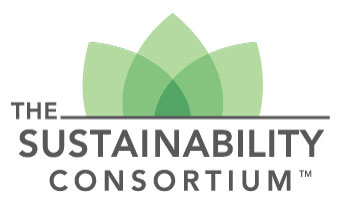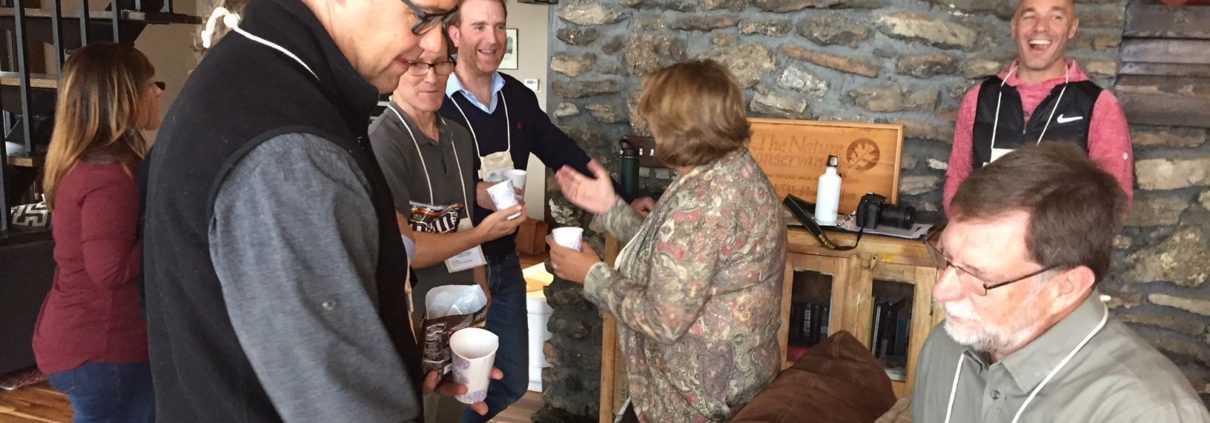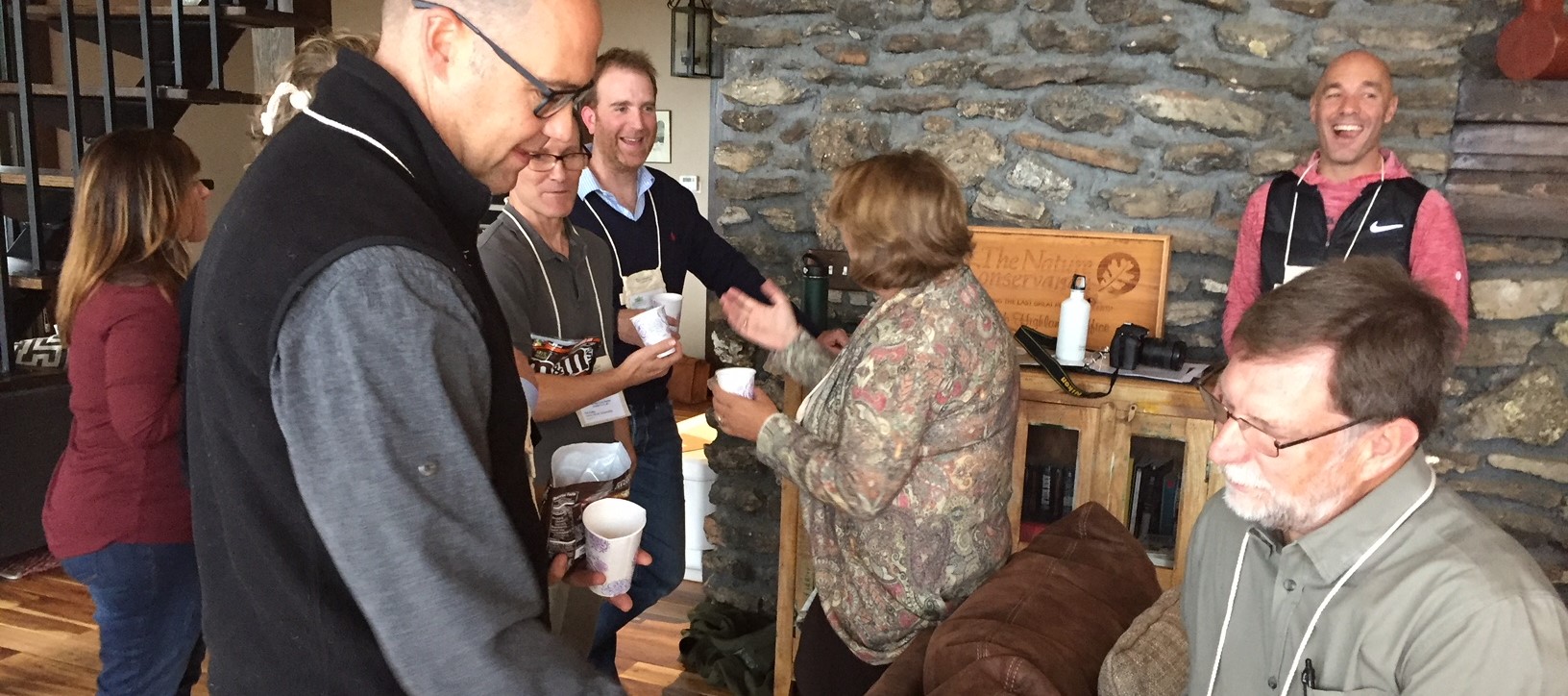Do Sustainability Professionals Strategize in the Woods?
News from Greenbiz
By Euan Murray on December 19, 2017
I expected 2017 would be an exciting year when I took over as chief executive of the Sustainability Consortium (TSC). But I wasn’t quite prepared for what a tumultuous and important year it turned out to be for the sustainability community.
As I mentioned in August, we are seeing the rollback of participation in major climate agreements and important regulations. We are also seeing a year of unprecedented collaboration between the NGO community, sustainability scientists, companies large and small and yes, regulatory bodies too. It’s been a turbulent year, but there’s a growing hope and excitement that the future will be brighter.
And as I think about the last year, it’s not the big, press-making decisions that moved me, even though they were vitally important. It was the spaces in-between where I found my inspiration — the side conversations at conferences where industry leaders buy into a sustainable future and change their strategy. The on-the-ground projects that turn those sustainability strategies into everyday business practices. Most important, the collaborations forged between companies and organizations working right across the supply chain to do more.
Just in the last year, TSC has started new partnerships and collaborations with NYDF, Responsible Battery Coalition, Conservation International’s Sustainable Coffee Challenge, Forum for the Future, Walmart’s Project Gigaton, U.S. Chamber of Commerce Foundation, the Walmart Foundation and the Cool Farm Alliance, to name a few.
Much of this work isn’t sexy. And it isn’t easy. Yet it’s the hard stuff — the non-sexy stuff — that’s left to be done. But it is this that will underpin the step-change sustainability improvements in the $200 billion worth of consumer products that are managed using our tools. The hard stuff not only has huge impacts, but the number-crunching happening behind the scenes often reveals trends and actions we can’t see from the mile-high viewpoint.
Last spring, we released our 2017 impact report, “The Call for Collective Action Across Supply Chains.” It shows that over 40 percent of suppliers in the Walmart Sustainability Index took action in their own operations and supply chains to improve their scores. They indicated they are:
- improving internal systems to collect data
- engaging their own suppliers to better understand their sourcing
- changing their processes in order to drive efficiency and transparency
- changing the product or package they are making and selling
- doing more to publicly communicate their actions and goals
This is a trend we can’t ignore. In many cases, this is simply about improving supply-chain visibility. We also see this as a growing movement of companies committing to minimizing their sustainability impacts. We see in the numbers a growing willingness among companies to commit to sustainability, even if they are starting from zero today. And, of course, we all know that what gets measured gets managed.
This fall, I spent three days in the hills of northwest Arkansas with some of the most important thought leaders in sustainability, including many of our leading members. This was a rare opportunity to spend quality time, mostly unplugged, talking about how to make a step-change on the major sustainability hotspots. We knew we needed to spend the time taking a deep dive into the sustainability topics of today and explore the innovations of the future.
The group, over farm table dinners and nights around the fire, focused on a handful of high-priority topics for collection action. These included increasing recycling and recyclability for products and packaging with a focus on aligning the U.S. recycling infrastructure to enable the increase of recyclable goods that make it to the proper waste stream, building on existing consumer education coming from manufacturers.
Another important topic is in creating comprehensive data mapping across the value chain so that data can flow unimpeded from farm to fork. And, of course, renewing a focus on energy efficiency, greenhouse gases and renewable energy opportunities.
I was reminded of that philosophical thought experiment, “If a tree falls in the woods, and no one is around to hear it, does it make a sound?” If 20 of the leading sustainability organizations gather in the forest to discuss the future of sustainability, does it make a sound? I know that the decisions we made and the paths we set will be heard loudly into 2018 and beyond.
So what will 2018 bring? Hopefully more collective action around the complex, non-sexy stuff. We will see sustainability data flowing end-to-end across the supply chain for the first time. We will bring awareness to the connection between human wellbeing and environmental health. We will build trust with consumers and brands. We will understand how “circularity” touches every part of the supply chain across all sectors.
Most important, we will learn from each other and build momentum from one another’s goals and challenges.









